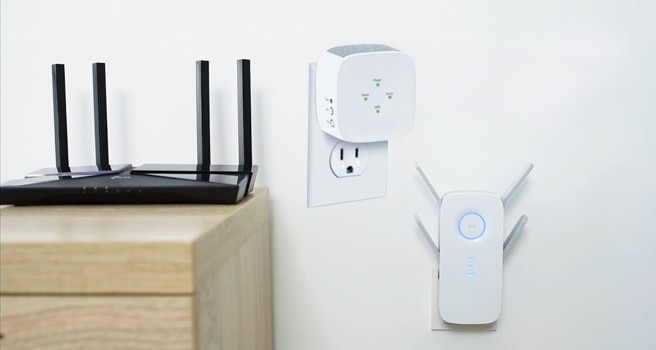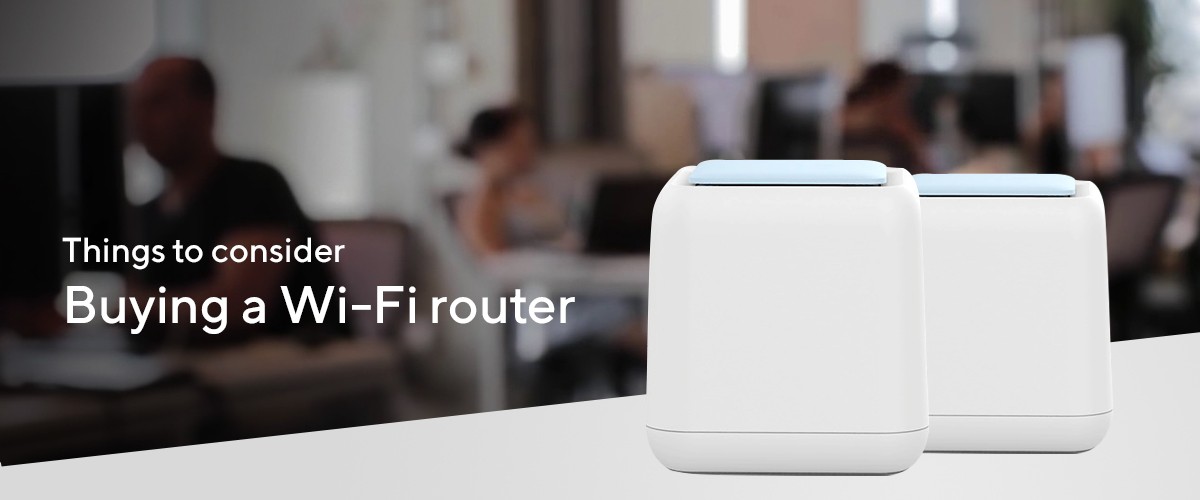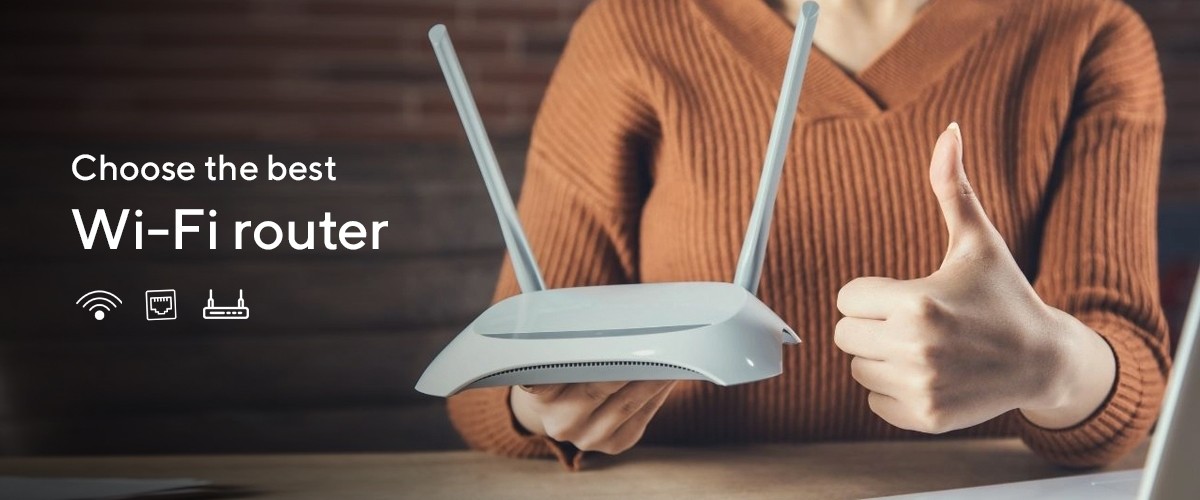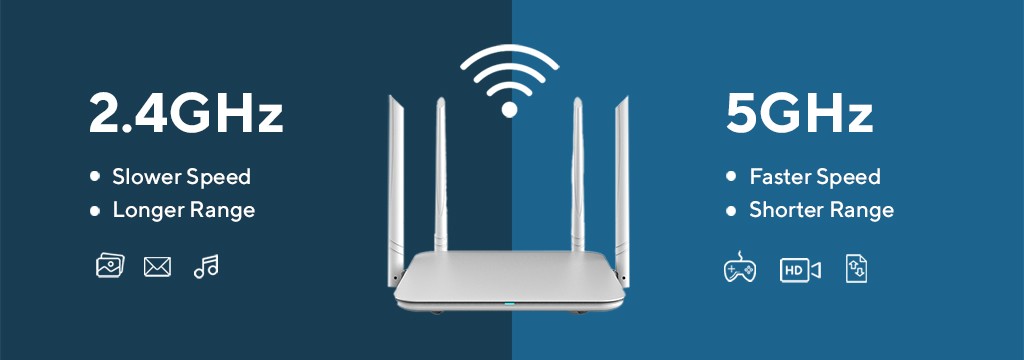Since the 1990s, Wi-Fi security algorithms have undergone several improvements and updates to become more safe and effective. Many types of wireless security protocols have been created to protect residential wireless networks. WEP, WPA, and WPA2 are wireless security methods that have the same goal yet are distinct at the same time.
What Are the Four Types of Wi-Fi Security?
There are four forms of Wi-Fi security. They aren’t all equally safe, which is essential to keep in mind while examining your personal network’s protocol.
1. The Protocol for Wired Equivalent Privacy (WEP)
WEP is the oldest of the security protocols, having been introduced to the computer world in 1997. Because of its antiquity, it can still be found on older systems in the present period. WEP is regarded as the least secure of all the protocols.
2. WPA (Wireless Protected Access) Protocol
Due to the weaknesses discovered in WEP, WPA was chosen as its replacement. It has more features than its elder sibling, including the Temporal Key Integrity Protocol (TKIP). This feature consisted of a dynamic 128-bit key, which was more challenging to crack than WEP’s static, unchanging key. The Message Integrity Check was also implemented, which looked for any tampered packets supplied by hackers.
3. The WPA2 Protocol (Wi-Fi Protected Access 2)
WPA2 is the successor to WPA and adds extra functionality. It replaced TKIP with the Counter Mode Cipher Block Chaining Message Authentication Code Protocol (CCMP), which encrypted data better. WPA2 was a huge success, and it has been the most used protocol since 2004. On March 13, 2006, the Wi-Fi Alliance announced that all future Wi-Fi devices would have to adopt WPA2.
4. WPA3 (Wireless Protected Access 3) Protocol
WPA3 is the newest child on the block, and it may be found in 2019 routers. WPA3 improves the encryption of public networks, making it more difficult for hackers to steal data from them.
It’s also easy to connect to a WPA3 router with a device that doesn’t have a display, and it has some extra security measures to prevent brute force assaults.
It’s expected to become the new WPA standard in the future, therefore learning everything there is to know about WPA3 is an intelligent idea.
Why Are Different Wi-Fi Security Types Important?
Knowing your Wi-Fi security protocol is critical for the security of your network. Older protocols are more susceptible than modern protocols and are significantly more likely to be hacked. Older versions are weaker than later versions for two reasons:
The older protocols were created before it was fully understood how hackers targeted routers. These attacks have been patched in more recent protocols, but earlier versions still contain them in their code.
Hackers have more time to breach a protocol’s security the longer it has been around. Because WEP has been around for so long, hackers have discovered several vulnerabilities, making it an unsafe protocol in the present day.
What Wi-Fi Security Level Do I Have?
You now know why verifying the type is essential, what protocol to use, and why earlier protocols aren’t helpful. So, let’s look at how you can make sure you’re utilising the best connection type.
In Windows 10, how can you figure out what kind of Wi-Fi security you have?
In Windows 10, go to the taskbar and look for the Wi-Fi Connection icon. Then, below your existing Wi-Fi connection, click Properties. Find the Wi-Fi information under Properties as you scroll down. Look for Security Type, which will show you your Wi-Fi protocol.
How to Determine Your Mac’s Wi-Fi Security Type
It’s simple to check the Wi-Fi security type on macOS. Click the Wi-Fi icon in the toolbar while holding down the Option key. It will display information about your network, including the security type you’re using.
How to Determine Your Android Wi-Fi Security Type
Visit Settings and then the Wi-Fi category to check on an Android phone. View the information of the router to which you’re connected. It will tell you what level of security your connection has. Note that the path to this screen may change depending on your device.
How to determine your iPhone’s Wi-Fi Security Type
Unfortunately, there is no method to verify your Wi-Fi security from within iOS. If you wish to test the security of your Wi-Fi, you may do it using a computer or by logging into the router using your phone.
The “Personal” and “Enterprise” Versions of the WPA
You’ll see that WPA is either labelled “Personal” or “Enterprise” if you’re utilising it. “Personal” is intended for personal use, whilst “Enterprise” includes additional security features to make it suitable for essential business use. Don’t worry if your home router lacks enterprise-level security; it’ll suffice for most purposes.
Maintaining Your Wi-Fi Network’s Security
If you’re worried about hackers entering your network, using the most modern security measures available is a good idea. WPA3 and WPA2 users are unaffected, while users of WPA and WEP should consider upgrading.
Keeping your Wi-Fi network safe might be tricky. Fortunately, there are a few simple ways to protect your router that may make it a little less painful.
Personal vs WPA vs. WPA2 vs WPA2 Enterprise
Rather than talking about each security protocol, we’ll discuss three characteristics and compare the protocols based on them. Security, authentication, and performance are among the factors.
Encryption and Security
The RC4 technique is used to encrypt network data in WEP and WPA. RC4 is inherently vulnerable, particularly when it comes to WEP, which employs short keys and key management. Because WEP broadcasts passwords over the network in plain text, network packet sniffers may easily break the network.
WPA was created as a temporary replacement for WEP. TKIP encryption encrypts passwords for network communication in the secure version of WPA. Although it is a less secure encryption method, it is significantly superior to WEP.
WPA2 was created with comprehensive security in mind for network communication. It employs AES-CCMP encryption, which might take hundreds of years to crack theoretically. WPA2 encrypts every communication packet it sends and receives.
While WPA2 is the most fantastic type of security, you may use WPA if your devices aren’t WPA2 compliant, and WEP as a last option because it’s still better than leaving the network exposed.
Authentication
Wireless network communication relies heavily on authentication. It establishes whether or not a user is permitted to interact with the network. For authentication, all three security protocols, WEP, WPA, and WPA2, employ PSK (Pre-shared Key). While WEP employs a basic PSK key, WPA and WPA2 use it in conjunction with additional encryption methods such as WPA-PSK and EAP-PSK to improve the security of the authentication process. The authentication protocol used by WPA and WPA2 is 802.1x/EAP.
For authentication, WPA and WPA2 employ 256-bit encryption, which is highly secure. However, because consumers have a hard time remembering long passwords, the pass can be between 8 and 65 characters long when paired with EAP for encryption and authentication.
Performance and Speed
The first thought about speed and performance is that WEP should be the fastest because it employs basic authentication and security. This, however, is in stark contrast to the facts. WPA2 appears to be the finest performing security protocol, rather than employing additional encryption and security. This is advantageous because it permits greater bandwidth to be exchanged between the Wireless Access Point and the wireless device. You may watch the video below to learn more about an experiment that compared the speed and performance of these three protocols: WEP, WPA, and WPA2.
 Free Express Shipping
Free Express Shipping

























